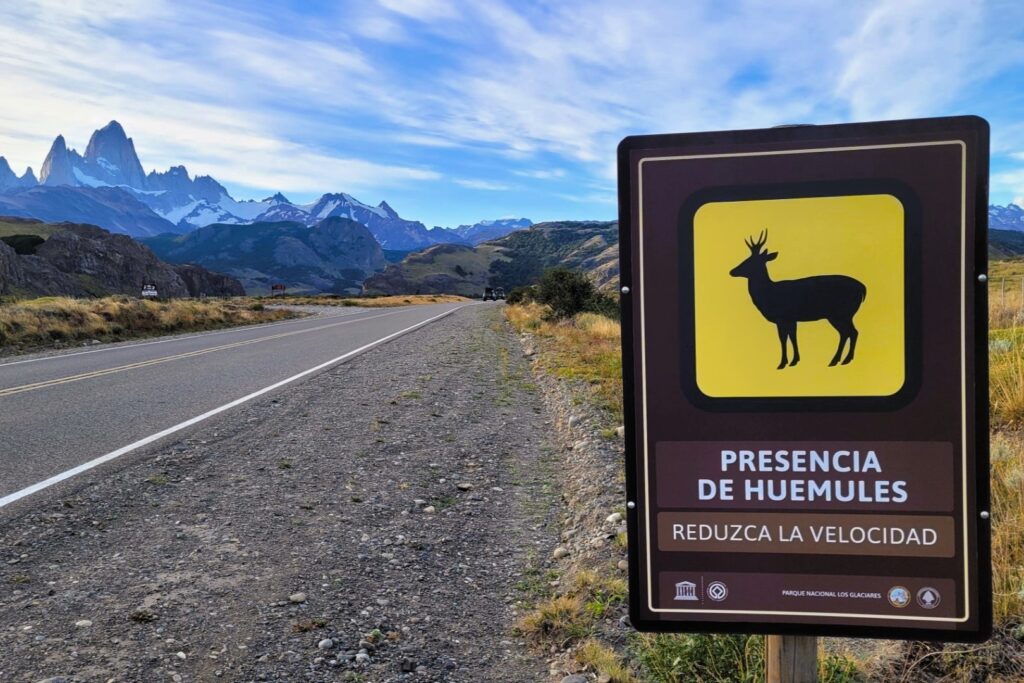Why go off to distant galaxies when there’s so much to explore right here on Earth? Our planet is full of fascinating cultures and creatures, all ready to be re-discovered. Plus, the breathable air makes it a lot more enjoyable!
Our world has been explored many times over, and travellers are often left with the same memories of fairytale castles, millennial-old temples, and mountain-perched pagodas.
Yet, each experience is filtered through our personal perspectives, making the interpretation of the same world boundless.
All the opportunities and encounters along the way contribute to shaping this unique perspective. By letting space to spontaneity, you’ll open doors to even more wonder and experiences at every turn.
Reflecting on a decade of solo travel, I’ve concocted five key principles that have guided me along the way.
1. Investigate True Frontiers: Focus on Regions, Not Countries
When I first started traveling, I was on a mission to tick off every country on the map. I was so eager to complete the list that even brief layovers counted as milestones.
But with a bit of wisdom gained along the way, my focus shifted. Instead of chasing numbers, I became more interested in how regions blend into one another, in knowing where the true boundaries and continuities lie.
During my first overland trip across Asia, I kept wondering: how much time or distance would it take to leave China behind and enter Laos? How much of a country spills beyond its political borders? As I kept traveling, I started questioning when I was really “somewhere else” and how that new place gradually revealed itself. Or even more intriguing: how can the same traits be found in places separated by oceans, mountains, or even across the globe?
Now, I measure my travels by the regions I explore, not the number of countries I’ve been to.
2. Maintain a Steady Pace for an Authentic Set of Memories
By maintaining a consistent pace, you allow each place to make a genuine impression, creating a more balanced and authentic set of memories. Avoid favoritism, rushing, shortcuts, and lingering. Instead, give those overlooked places a chance to make their case.
Sure, some places may be so incredibly charming with their laid-back vibes and out-of-this-world scenery that they command a longer stopover.
However, just like with people, I prefer taking the time to learn to love a place. Unpopular destinations have unique qualities that are just waiting to be discovered and appreciated. These less inspirational places, whether entire countries or overlooked neighborhoods in famous cities, deserve exploration with equal curiosity and focus. Their lower popularity among tourists can be used as an advantage.
Overindulging in comfort can cloud objectivity. I want my memories of a region to create a seamless movie reel in my mind, which would allow for a better appreciation of the distance travelled and the changes in landscapes.
3. Embrace Time Dilation
Embarking on an open-ended backpacking journey might be the easiest and safest way to experience time dilation. For those who have left the confines of a stationary life, time takes on a dynamic quality. A single day can feel like a week, while an entire month can vanish in the blink of an eye. It’s time travel without the need for unreliable machines or convoluted theorems.
When you travel to new places, even the most routine activities are reinvigorated by the strangeness of the surroundings. Tasks like going to the bank, doing laundry, or using public transportation, which might have become automatic in familiar territories, regain their significance and novelty.
This heightened awareness of the present enables us to capture moments that might otherwise slip in the many folds of apathy, like those fleeting interactions with a roadside villager that bridge the space-time continuum for a few seconds.
4. Aim for Directionless Travel
When you’re fixated on a specific goal, you often miss the unexpected gems hidden along your path. True exploration must be free from predefined objectives or purpose.
Real discoveries happen when you stop looking for them, revealing themselves along a path you wouldn’t have taken if you stuck to the most efficient route.
To truly uncover the unforeseen, you need a driving force—a grand or seemingly unattainable goal that will keep you going. This forward momentum into the unknown opens doors to discoveries, which may divert you away from your initial plan.
My decision-making style is directionless, fueled by impractical dreams, and often diverted by a captivating reality. External forces acting on me during my journey can manifest as a chance encounter, an enticing opportunity, or an unpredicted destination. What keeps me motivated is the drive of moving forward.
5. Listen to the Walls
Being drowned under theories and research in my daily work, I find little motivation to read about the countries I intend to visit. Thus, when travelling to a remote and unfamiliar destination, all my senses and awareness are dedicated to absorbing the kind of knowledge that cannot be found in documents.
I prefer experiencing history firsthand rather than through books. I like to pretend I don’t know anything about the culture and politics before I enter a new country, which isn’t far from the truth. This approach allows me to recreate the excitement and wonder that early explorers might have felt.
While this approach might raise some eyebrows, I deliberately avoid guided tours when visiting historical sites. Instead, I prefer to “accidentally” stumble upon a group and, in the process, steal a snippet of explanation from the overzealous guide, then drift off into a quiet chamber and let the ancient walls speak for themselves. What I’ve learned from ancient, crumbling walls in millennia-old buildings has often taught me more than a scripted and condensed textbook ever could.

